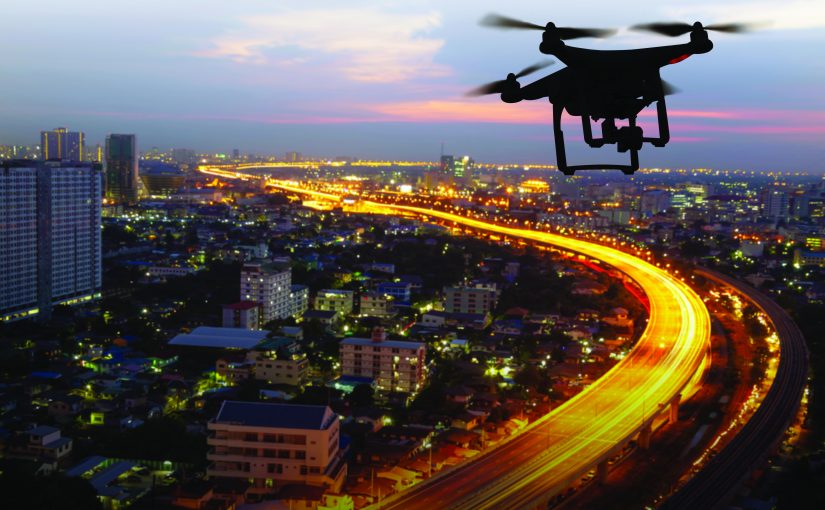Drones significantly impact policing during a tactical crisis response. In the past, any type of aerial reconnaissance or surveillance was only afforded to larger metropolitan police agencies that operated a helicopter or fixed wing aircraft. Time after time, manned aircraft provided invaluable aerial situational awareness to tactical teams on the ground. However, these manned aircraft could run from hundreds of thousands of dollars upward into millions with a hefty hourly operational cost.
While drones do not replace helicopters, they do offer an affordable way for most public safety agencies to achieve real-time aerial situational awareness that enhances safety for all involved and improves operational effectiveness by having more information to act upon.
Tactical Crisis Responses
Hostage/standoff situations are very tense and create extremely dangerous situations for people being held against their will by force. Drones are used to provide overwatch of the entire scene to track activity and movement around the incident. In numerous cases, a drone has been able to see into a window and identify the number of hostages and their location. The York County Fire & Life Safety-Poquoson Sheriff’s (Virginia) drone team did just that and were able to successfully breach entry, apprehend the suspect, and rescue the hostages without any injuries. During an incident involving a standoff with the Oklahoma City. Oklahoma, Police Department, a view of the scene via a drone revealed the standoff suspect was reaching for an AR-15 to use on police, and the threat was quickly neutralized.
SWAT and active shooter situations are extremely dangerous, and every second can determine life and death. Drones provide critical situational awareness using visual optics, zoom, and thermal imaging. Thermal imaging helps to monitor activity during low-light or night operations by seeing human heat signatures, possibly identifying weapons, and providing other heat-related information. In areas where suspects can hide in bushes or behind walls and other obstructions, drones can be used to see these areas, providing the information needed to position officers for the safest apprehension. In Oklahoma City, the police department used a drone to locate a suspect, avoid an ambush, and apprehend the suspect safely.
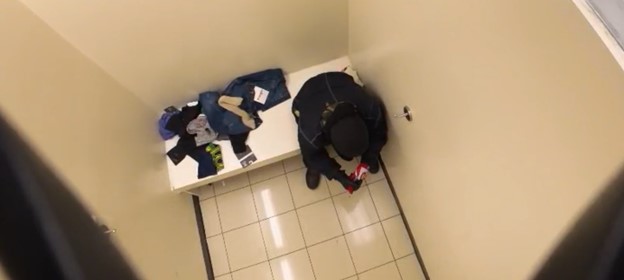
Interior room clearing by drone is one of the newer ways that can minimize unnecessary danger to officers by using the drone rather than an officer having to make entry to conduct this part of the operation. Once a person is located in a structure, the drone can be perched and monitor inside activity. In 2022, the Dallas, Texas, Police Department worked alongside the Cytta Corporation to perfect and formalize the new Drone Clear Program which is now being taught to officers around the United States. In October, the Atlanta, Georgia, Police Department was able to safely arrest a murder suspect by flying a drone into an apartment. Everything was captured on video as the suspect walked out of the apartment with his hands up.
Drug interdictions use drones for pre-entry reconnaissance to identify activity in the area and determine the location of people and vehicles. As entry teams approach, the drone can provide overwatch as the teams make entry. The Alameda County, California, Sheriff’s Office used a drone during entry; suspects were fleeing out other doors and windows—all captured on video. Drugs were tossed on the roof and a gun was tossed into the bushes. One fleeing suspect peeled off his top black shirt to leave in a pink shirt and ran through the bushes onto the sidewalk on the next block. He didn’t realize a drone was observing from above, so he was surprised to be apprehended by deputies.
Bomb threats are unusual situations that can be difficult to assess. A drone may be able to fly at a safe distance and zoom in on a suspicious package and/or use thermal imaging to identify unusual heat or potential contents. In a suspicious package situation, the combined use of a drone and a ground robot can be an effective way to safely assess the package.
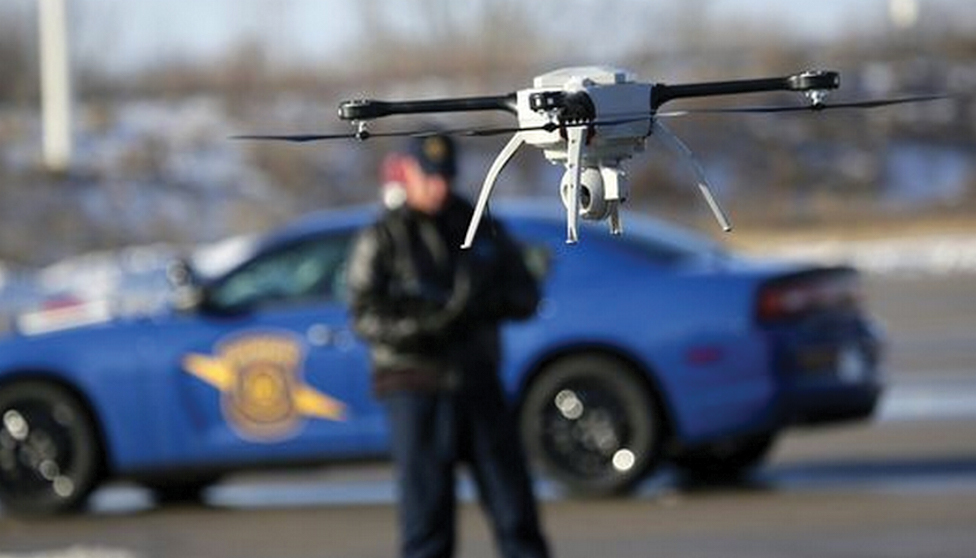
Civil unrest, protests, and large events can utilize drones for overwatch and quickly identify and record outbreaks of violence or people with weapons and help to avoid pedestrian and vehicular conflicts. Drones were very effective at the Unite the Right Rally in Charlottesville, Virginia, as a drone captured the moment a protester in a gray Dodge Charger drove into the crowd of people on August 12, 2017, killing Heather Heyer and injuring 19 others as reported by CNN.1 On September 17, 2017, the Civil War Statue Protest in Richmond, Virginia, had three significant outcomes as shared by York County Fire Deputy Chief Chris Sadler. After a report of three men with long guns, the York County UAS Team located the men within minutes. Next, vandalism was captured on video, and the suspects were quickly apprehended. Last, an unplanned protest march began to route across traffic. The drone was able to predict the path of the march and provided the opportunity to quickly direct police motorcycles to prevent people-vehicle conflict. Fortunately, no one was hurt.2 In 2023, several news outlets reported that NYPD would be using drones to monitor activity of approximately 1 million people on New Year’s Eve.3
Fleeing suspects can be located more quickly by drone. Once the person is located, the drone can provide overwatch and direct officers as to the direction the suspect is headed or where they may be hiding. Drones can effectively track suspects as they traverse backyards and fenced areas with dogs or through other obstacles that might hinder human pursuits. In numerous cases, fleeing suspects have stopped and given up when they realize a drone is flying overhead. Some have even surrendered to the drone by stopping and putting their hands above their heads as they look up at the drone.
Surveillance in crime areas has also demonstrated the value of drones. As more and more property crimes, smash and grabs, and vehicle thefts are organized, drones are being positioned in high-crime areas to monitor from the sky. Numerous departments have used drones to observe crimes in progress and direct ground units to make quick arrests.
K9 operations benefit greatly from a supporting drone providing overwatch of the officer-K9 team by looking ahead from where the team is headed for signs of the suspect, but also to identify other hazards while operating at night by use of a spotlight shining down into dark areas or use of thermal camera. When the officer is separated from their K9 partner, the drone can maintain a safe overwatch and direct the officer back to their K9 partner.
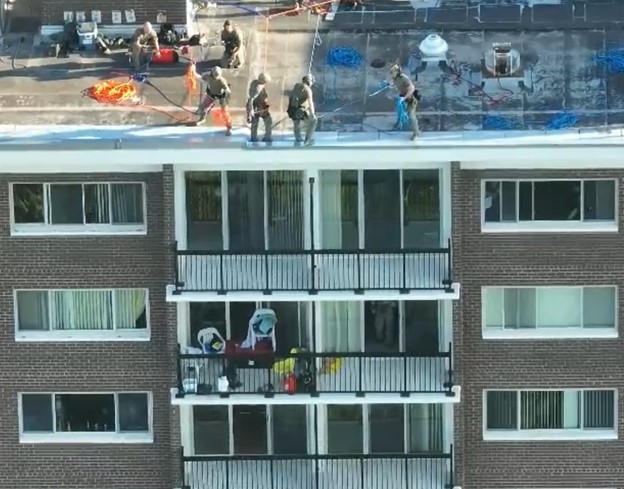
Active crime scene overwatch by drones provide an added level of safety, especially when suspects are still on the loose and threats remain. Some departments are utilizing tethered drones to maintain a constant overwatch of the scene. Tethered drones are powered through the tether, which does not require constant changing of batteries, and can provide visual optics or thermal camera views streamed live to a command officer.
Troublesome traffic areas use drones to monitor aggressive driver behavior instead of placing patrol cars on the side of these dangerous, frequent crash areas. The drone identifies the vehicle and license plate number then alerts patrol vehicles located at a safer place for stopping these aggressive drivers. While this is not technically a traditional tactical crisis response, the danger to officers from distracted driving is well documented.
Traffic crash reconstruction by drone measurements can be done in a third of the time and reduce secondary crashes to increase scene safety and restore traffic and commerce more quickly. Drone traffic crash construction can provide accuracy within one centimeter and create a 3D model that can later be used to review the crash.
Customs and Border Patrol (CBP) use drones to respond to ground sensors to determine if it’s an illegal border crossing or animal and quickly prevent a false response. The CBP website indicated it has more than 600 trained remote pilots who not only monitor for illegal immigration but also to stop the transportation of drugs and human trafficking. The CBP website states that s their drone program as a ”game changer,” as the drones help to cover a larger area and can find those hiding in high desert Sudan grass who cannot be seen from the ground.4 It also enhances safety for the CBP officers as they have a better understanding of the situations they face in advance. Streaming video can also aid sharing this information to multiple locations simultaneously.
Drone as First Responder
Drone as First Responder (DFR), which originated in Chula Vista, California, is dramatically enhancing policing by launching a drone from the rooftop at the immediate time of a 911 call. The statistics from the Chula Vista Police Department (CVPD) website are astounding, with more than 18,000 responses, 2,512 DFR-assisted arrests, avoided dispatch of ground unit 4,177 times, DFR first on scene 13,500 times, and an average response time of 94 seconds. This operation provides real-time streaming video back to dispatch and to all officers in the field. If it is a fire, that streaming video is transmitted directly to the fire battalion chiefs.
Figure 1: CVPD DFR Statistics |
|---|
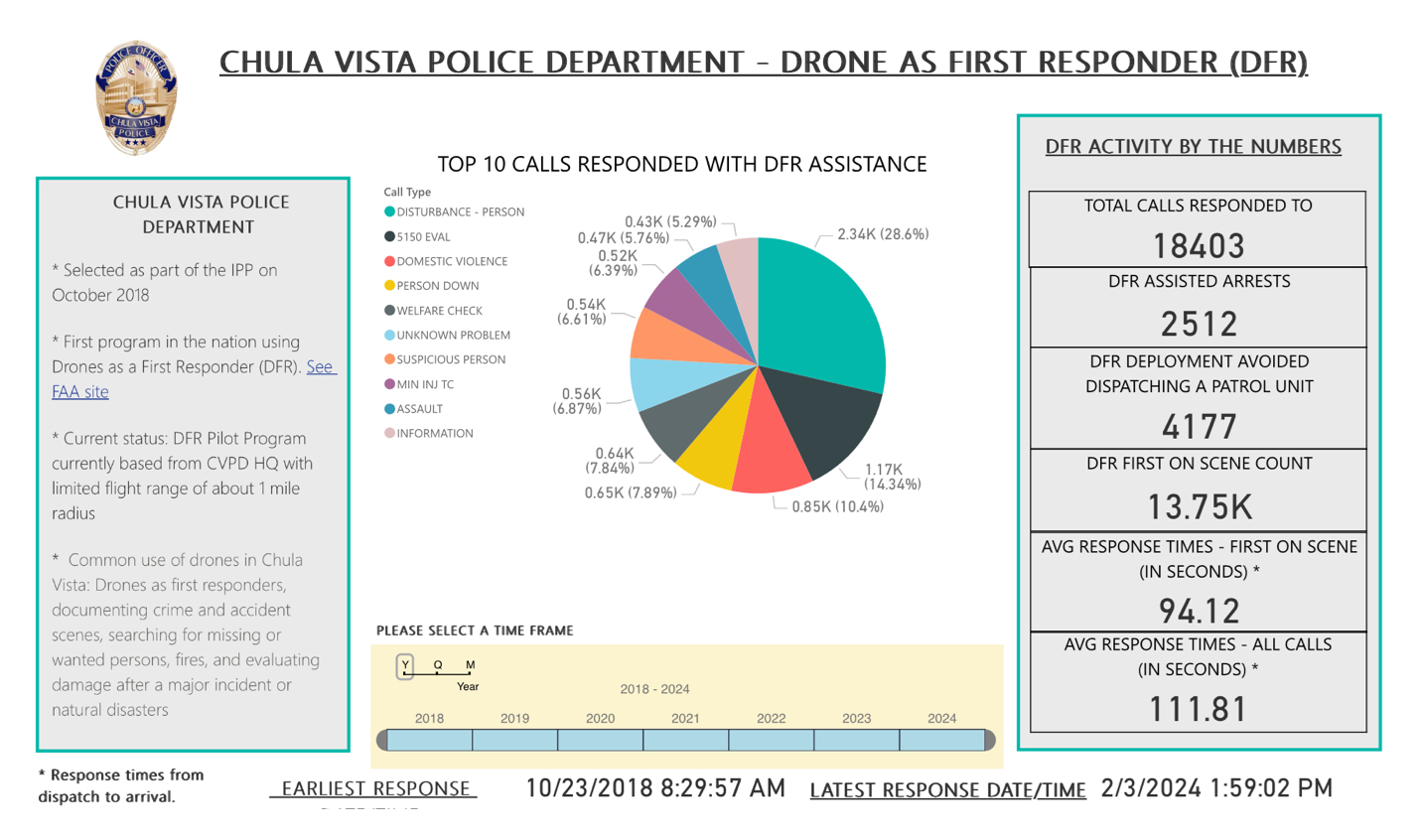 |
Chula Vista has many success stories, but perhaps the most significant involved a man reported with a gun near a business. When the DFR drone arrived and zoomed in, it was quickly identified as a cigarette lighter gun. This immediately de-escalated the situation and prevented a tragic outcome.5 Chief Roxanna Kennedy has stated that DFR has become the biggest de-escalation tool in their toolbox and serves as a force multiplier.
One of the most dramatic recent incidents involved a vehicle fire that had been seen from a distance and the location was reported incorrectly to 911. Within less than a minute, the DFR drone was on the scene and corrected the location to responding units. When units arrived at the correct location, Officer body cam video shows that the vehicle became fully engulfed in flames seconds after officers pulled the trapped occupant out the back window.
Without any doubt, using drones has saved lives, de-escalated situations, returned units to service, and made it safer for the responders and the community.
DFR statistics are similar in other DFR programs around the United States. In November 2023, the Montgomery County, Maryland, Police Department used their DFR to catch a repeat shoplifter targeting a CVS store multiple times, and, in January 2024, the DFR helped in the arrest of two men at a Safeway store.6
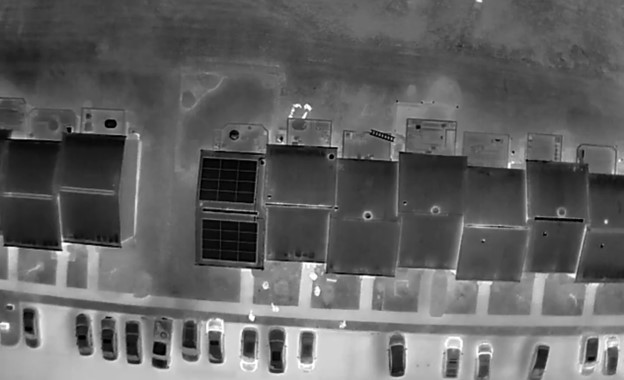
Brookhaven, Georgia, Police reported in a press release that, in 2022, their DFR drone assisted in arrest of fleeing felons from a violent armed robbery that occurred earlier in Charlotte, North Carolina. Once the individuals’ car was detected in the area by a license plate reader, officers and the DFR drone were dispatched. One felon was captured quickly while the other ran to the rear of the building. The drone maintained constant overwatch and provided the felon’s location until both suspects were in custody.7 In 2023, a shoplifter was reported departing a local business with a shopping cart. Within minutes, the DFR drone located the shoplifter and shortly after was arrested.8
Elizabeth, New Jersey Police launched their DFR Program on June 2022 through January 2023. In that time , their program reported having flown 1,390 missions, assisted with 431 calls, and cleared 25 percent of their calls.9 On a DRONERESPONDERS webinar, UAS Program Coordinator Detective Luis Figueiredo shared how a 911 caller reported that she saw a drone over her house and the dispatcher explained that drone was Elizabeth Police Department, the caller was impressed at the quick response of the drone. 10
One of the most important aspects of DFR (or any drone program) is community outreach to share how the drone will be used, how it will NOT be used, and the specific safeguards to prevent random surveillance—clarify that when the drone is flying, it is on an emergency response. Share the policies, procedures, and drone technology with the community.
On a recent webinar with the FAA, it was shared that there are now 22 law enforcement agencies successfully deploying DFR drones with another 28 in the application process.11 An interesting note, while DFR programs are similar across agencies, each has a slightly different “flavor” based on the airspace classification in their area of operation, days/hours of operation, their specific mission types, and the aircraft deployed. Today, almost all the DFR programs participate on the DRONERESPONDERS Nationwide DFR Working Group, which facilitates sharing of DFR program information, successes/challenges, and CONOPS, technology used; supports FAA waiver applications; and helps mentor those interested in starting a new DFR program. Participation on this group is free and open to public safety agencies and to industry partners and is chaired by Chula Vista PD Captain Miriam Foxx.
Conclusion
In summary, drones can provide an affordable way for most departments to have aerial reconnaissance that has proven to save lives, enhance safety, improve operational effectiveness, serve as a force multiplier, de-escalate tense situations, and provide real-time situational awareness. Ask this question: Would an incident commander make decisions with their eyes closed? Drone technology allows the police to see more and make informed decisions. Lastly, today’s police officers are facing dangerous homeland security threats and deadly attacks on police officers. They deserve the best tools to ensure their safety while enhancing their effectiveness on the street. d
Notes:
1Steve Almasy and Chandrika Narayan, “Heather Heyer Died ‘Fighting for What She Believed In,’” CNN, updated December 15, 2017.
2Chis Sadler (deputy chief, York County Fire), personal conversation, September 19, 2017.
3Dean Moses, “Drones in the Air, Cops Downstairs: Inside the NYPD’s Times Square Massive Security Details on New Year’s Eve,” amNY, December 31, 2023.
4 “Small but Mighty,” Frontline Digital Magazine, November 9, 2020.
5Vern Sallee, “Drone as a First Responder: The New Paradigm in Public Safety,” Police Chief 87, no. 3 (March 2020): 32–39.
6Montgomery County Department of Police, “Montgomery County Department of Police Announces Drone as First Responder Program,” news release, November 22, 2023; Jeanne Tyler Moodee Lockman, “Drone Aids in the Arrest of 2 Men after Silver Spring Theat, Montgomery Co. Police Say,” ABC7 News, January 10, 2024.
7Fox 5 Atlanta, “Drone Catches Grocery Store Thief in Minutes,” YouTube video, 0;32, July 24, 2023.
8Brookhaven, Georgia, Police “Brookhaven Police Drone First Responder Orchestrates Capture of Fleeing Felon,” news release, May 25, 2022.
9Paladin Drones, “Elizabeth Police Department,” case study.
10DRONERESPONDERS, DFR Webinar (webinar, DRONERESPONDERS, August 18, 2022).
11DRONERESPONDERS, “Remote ID, TFRs, SGIs, Questions and More” (webinar, FAA, January 10, 2024).
Please cite as
Charles Werner, “Drones in Tactical Crisis Response,” Police Chief Online, June 5, 2024.


